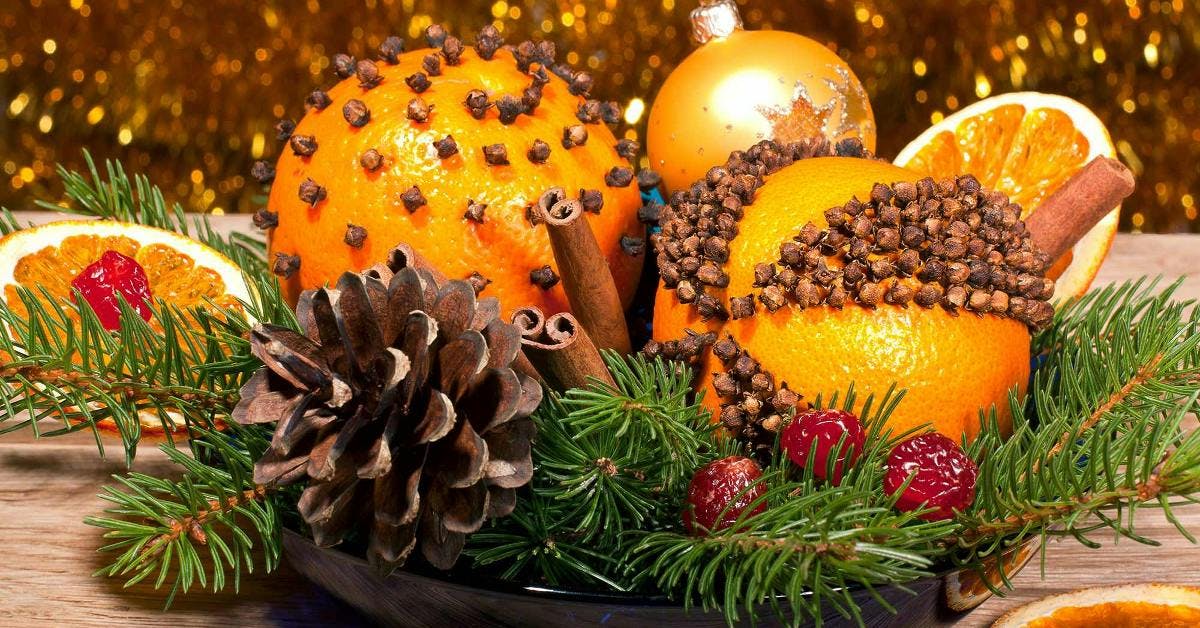Total flexibility, no commitment
A world of unique, crafted gins
Easy, free and reliable delivery

Batch Botanicals: Clove & A Christmas Pomander
Decembers wonderful gin of the month; Batch is the perfect spirit for the Christmas period due to its festive botanicals - Frankincense, Myrrh, Coriander Seeds, Cloves, Orange Peel, Angelica Root, Lemongrass, Cinnamon Bark, Juniper Berries, Allspice Berries, Cardamom, Nutmeg.
Each gin’s unique flavour comes in large part from the particular blend of botanicals that is added with the juniper in the distillation process.
We wanted to concentrate on the cloves Batch use and find out more about these little dried buds with the HUGE flavour and how they are used throughout the Christmas period.
Clove
While clove certainly isn’t one of the most common gin botanicals, it also isn’t that rare and when it is used, is often seen complementing more familiar botanicals like cassia bark, nutmeg and cinnamon.
Cloves are the dried aromatic flower buds of the Syzygium aromaticum, an evergreen tree native to the Indonesian Maluku Islands - also known as the Spice Islands.
The trees grow up to 8 to 12m tall, with large leaves and clusters of flowers. The flower buds start out a pale colour, gradually turning green and becoming bright red when they are ready to be harvested, at about 1.5-2cm in length.
The word ‘clove’ actually comes from the Latin word clavus, meaning ‘nail’, reflecting the shape of the harvested clove buds you’re likely to be familiar with.
Cloves have a powerful, aromatic, sweet, peppery and warming taste - food writer Nigel Slater describes it as “a deliciously dark spice with a unique hot, pungent flavour”.
The clove taste comes from in part from a chemical eugenol, which is also present to a lesser extent in nutmeg, cinnamon, basil and bay leaf - flavours which all complement clove in different ways.
Eugenol also has natural antiseptic and pain-relieving qualities, with cloves having a range of applications in Indian Ayurvedic and Chinese medicine, as well as traditionally being used to treat toothache in western cultures.
Cloves are used widely in both sweet and savoury recipes, being particularly common in Asian, African and Middle Eastern cuisine, and they form a key component of spice blends such as garam masala, chai tea, Chinese Five Spice and the British ‘mixed spice’.
In the UK especially, clove – along with its friends nutmeg and cinnamon – is one of the key smells and tastes of Christmas, from the mixed spice in Christmas cakes and mince pies to the heady aroma of mulled wine. Here's one way to make use of cloves at home this festive season - and check out this Hot Gin Toddy recipe for another one.
A Traditional Christmas Pomander
Scented pomanders have been carried since by people since Medieval times as a way of warding off bad smells (of which there were many back then) and protecting against disease.
Since then, we’ve developed more sophisticated ways of dealing with troublesome smells and are a little wiser on the causes of infection, but pomanders still make an appearance, especially at Christmas time, in the form of fragrant, clove-studded oranges.
An orange pomander gives off a lovely, Christmassy scent – and looks really festive, dressed in a bright red ribbon. They’re also ever so easy to make – here’s how:
You will need:
A medium-sized orange
A sharp implement (such as a darning needle or cocktail stick)
Masking tape
Some coloured ribbon
Whole cloves
Method:
Using masking tape, mark out a criss-cross around the orange so you’re left with four clear, equally sized sections.
Roll the orange in your hands to soften it slightly.
Using your sharp implement, prick holes into the orange about 30-50mm apart, pushing a clove into each hole. Remove the masking tape.
Tie the ribbon around it, crossing over at the bottom and tying a bow on top
You can choose to display your pomander as it is in a bowl or on a mantelpiece, or simply loop a bit of thread through the top of the ribbon to hang it.







